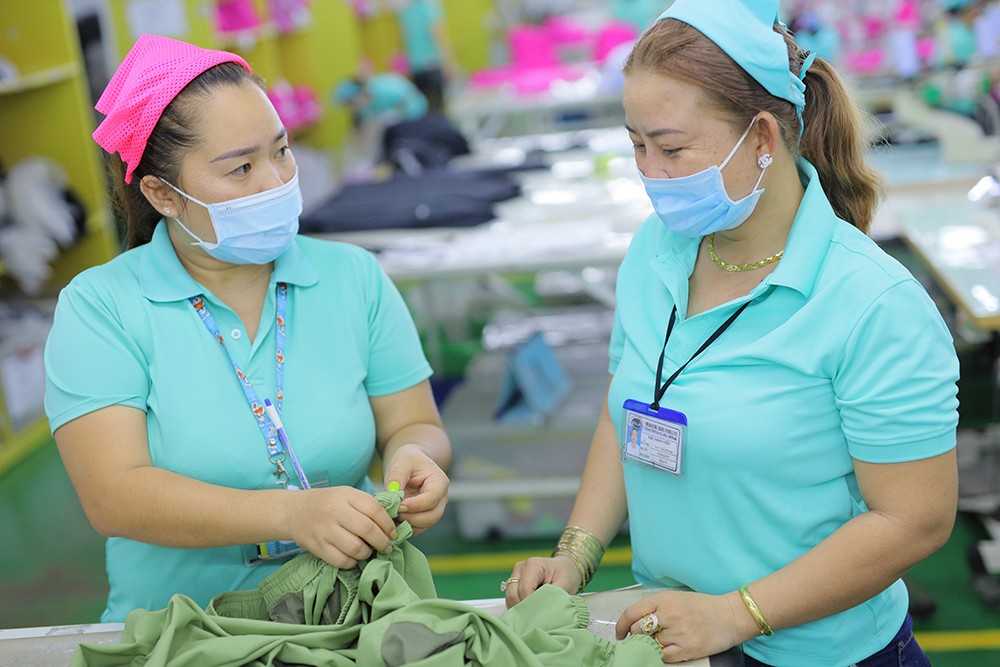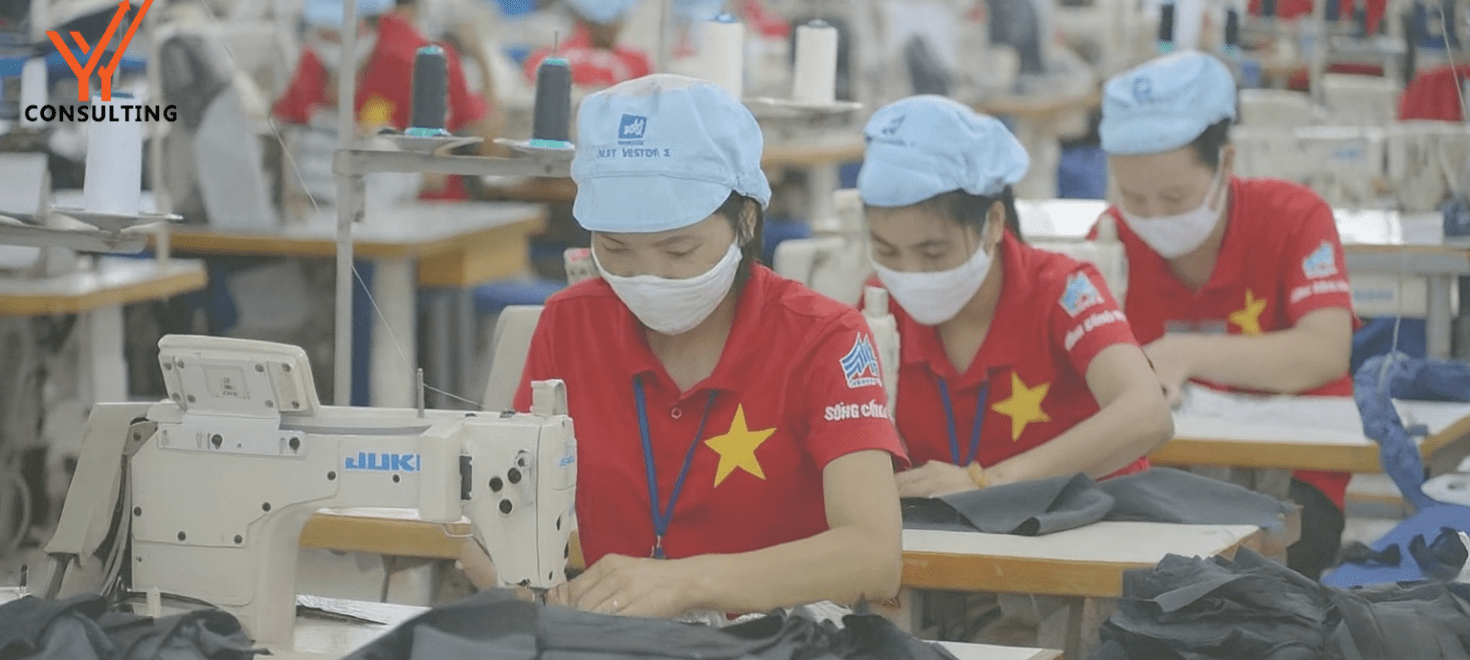Introduction: From Production Lines to Progress
Vietnam’s apparel manufacturing industry, a cornerstone of its export economy, employs over 2.5 million workers—more than 70% of whom are women. While the sector is often celebrated for its contribution to economic growth and foreign direct investment, its deeper societal impact is equally compelling: reshaping gender dynamics across rural and urban Vietnam. From providing financial autonomy to fostering leadership and advocacy, the garment sector is quietly enabling a cultural shift in how women are perceived—at home, in the workplace, and beyond.
This article explores how Vietnam’s apparel manufacturing ecosystem is evolving into a powerful engine for women’s empowerment. It unpacks the challenges, showcases institutional and brand-led initiatives, and provides insights from factory floors where new gender narratives are being stitched together—one line at a time.
The Workforce Backbone: Women in Vietnam’s Garment Industry
The apparel sector in Vietnam is dominated by women workers, particularly in garment production roles such as sewing, finishing, and quality control. According to the International Labour Organization (ILO), women accounted for nearly 75% of the textile and garment workforce in 2023, a significant rise from previous years. Many of these women are migrants from rural areas, seeking better livelihoods through formal employment in industrial zones.
This shift from informal, home-based labor to formal factory jobs has transformed not only individual economic realities but also household power dynamics. With a regular income, social security benefits, and greater visibility in decision-making, women garment workers are increasingly seen as breadwinners—a role historically assigned to men in Vietnam’s patriarchal society.
However, this transformation is not without constraints. Women continue to be concentrated in low-skill positions and face significant barriers to promotion. Less than one-third of supervisory and managerial roles in the industry are held by women, despite their numerical dominance. The gender wage gap, though narrowing, persists—driven by occupational segregation, limited overtime access, and lack of training.
Women’s Leadership and Capacity Building in Vietnam’s Apparel Sector
Vietnam’s apparel industry, one of the top garment exporters globally, is undergoing a quiet but powerful transformation—driven by investments in women’s leadership. Programs led by international organizations, brands, and local NGOs are helping female workers move beyond the sewing line into supervisory and managerial roles.
Better Work Viet Nam, implemented by the International Labour Organization (ILO) and International Finance Corporation (IFC), has been at the forefront of this change. Operating since 2009, the program now works with nearly 492 factories, reaching over 750,000 workers—78% of whom are women. Over time, factories participating in Better Work for at least four years have reported a 25% improvement in revenue-to-cost ratios and an 85% reduction in the gender pay gap. These results show that gender equality is not just a social imperative but a proven business strategy.

Training modules under Better Work combine technical know-how, production management skills, and leadership development—empowering women to step into supervisory roles. This shift not only addresses the gender imbalance in management but also improves workplace cooperation, efficiency, and compliance standards.
Global apparel brands are reinforcing this momentum. Nike, H&M, and UNIQLO have each launched gender-responsive training initiatives with their Vietnamese suppliers. These go beyond technical skills to include financial literacy, digital proficiency, and workplace rights awareness. The objective is to create a talent pipeline where women have equal access to promotion opportunities, ensuring that factories are not just sites of production but also platforms for empowerment.
As global buyers increasingly value ethical and inclusive supply chains, Vietnam’s apparel sector is positioning itself as a hub for both competitiveness and social responsibility. Investing in women’s leadership is proving to be a strategic lever—boosting productivity, improving compliance, and strengthening brand reputation in a market where sustainability and equity are becoming buyer mandates.
Empowerment Beyond the Factory Gate
The impact of formal apparel employment in Vietnam extends beyond paychecks and promotions. For many rural women, securing a factory job represents the first step toward social empowerment. It enables mobility, access to urban life, and exposure to new norms. Factory employment also changes family structures: women are more likely to delay marriage, invest in children’s education, and participate in community decisions.
A recent ethnographic study in Hà Nam province found that factory-employed women experienced greater autonomy in daily decision-making and were more confident about asserting their views within the household. However, empowerment remains fragile. Women still shoulder the burden of unpaid domestic work, and few are protected by formal childcare or maternity support systems.
Factories that actively support gender-responsive infrastructure—such as childcare, healthcare clinics, and safe transport—are finding that such investments pay off. One such example is Nalt Enterprise, which built an on-site kindergarten and health unit. The result? Lower absenteeism, higher retention, and improved productivity.
Safe, Equitable Workplaces: Addressing Harassment and Representation
One of the less visible but critical dimensions of women’s empowerment in apparel manufacturing is safety and workplace culture. Despite progress, gender-based violence and harassment (GBVH) remain significant challenges. Surveys by Better Work Vietnam indicate that while more than half of female workers acknowledge the risk of harassment, only a fraction report it—citing fear of retaliation or job loss.
Programs such as RISE (Reimagining Industry to Support Equality), launched by BSR and supported by global brands, aim to change this. By training workers and supervisors on gender sensitivity, providing anonymous grievance channels, and embedding gender audits in compliance processes, RISE has reached over 400,000 workers across Asia—including Vietnam. Factories that participated in RISE saw a 49% improvement in self-worth reported by women and a 30% reduction in attrition.
Equally important is institutional representation. Worker-management dialogue platforms such as Performance Improvement Consultative Committees (PICCs) have been instrumental in voicing worker concerns—particularly when women are represented proportionally. Studies show that factories with gender-diverse PICCs resolve grievances faster and foster a more respectful environment.
What Still Needs to Change
Despite promising developments, systemic barriers persist:
- Occupational segregation continues to funnel women into repetitive, lower-paid roles.
- Limited access to skilling and digital training curbs women’s readiness for Industry 4.0 job functions.
- Work-life balance issues, especially for mothers, remain largely unaddressed by factories or policy frameworks.
- Underrepresentation in union leadership and compliance committees means women’s voices are often sidelined in strategic decisions.
Addressing these gaps requires coordinated action across government, brands, suppliers, and civil society. Policies that mandate equal opportunity audits, promote flexible work arrangements, subsidize factory-based childcare, and incentivize women in management can accelerate progress. Vietnam’s revised Labour Code (2021) and National Gender Equality Strategy (2021–2030) offer a supportive policy backdrop—but implementation and enforcement must improve.
Toward Gender-Responsive Growth in Vietnam’s Apparel Sector
The next phase of growth in Vietnam’s apparel manufacturing will be shaped not just by automation or export orders—but by the industry’s ability to become inclusive and future-ready. Women are central to this transformation. As global buyers increasingly demand social compliance alongside sustainability, gender equity is no longer a soft goal—it is a strategic imperative.
For factories, empowering women improves retention, productivity, and brand compliance. For workers, it unlocks social mobility, respect, and resilience. And for Vietnam, it positions the apparel sector as not just an economic engine—but a vehicle for cultural and gender transformation.
Vietnam’s garment industry has long played a pivotal role in the country’s economic development. Now, it stands at the forefront of a more profound change—reshaping gender dynamics in the workplace and beyond. From GEAR-trained supervisors to RISE-protected shopfloors, women in factories are no longer passive participants in production—they are emerging as leaders of a quiet revolution.
As Vietnam looks toward a future defined by digital transformation and ESG compliance, it must ensure that progress is inclusive. The true measure of success will not just be the number of garments exported—but the number of lives elevated.
At Groyyo Consulting, we believe that true operational excellence is incomplete without gender inclusion. We partner with forward-looking apparel manufacturers across Asia to integrate gender-sensitive leadership, workplace safety standards, and upskilling programs into factory ecosystems. Our goal is not only to enhance productivity and compliance—but to ensure that women workers are seen, heard, and empowered at every stage of the value chain.
Vietnam’s next industrial leap must be a gender-equal one—and the apparel industry has a unique opportunity to lead that transformation.

Divya Mohan
General Manager (International Business)
divyamohan@groyyo.com


Leave a Comment